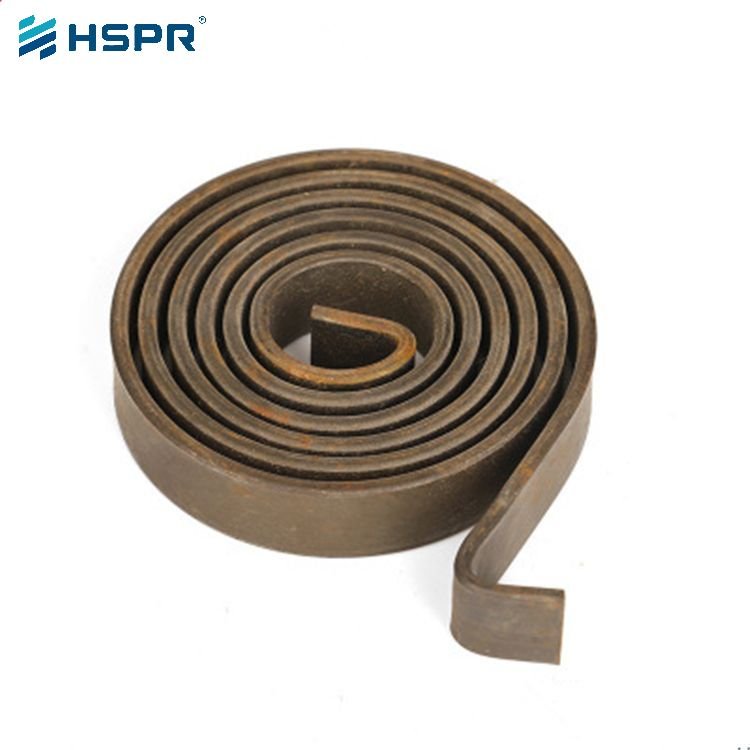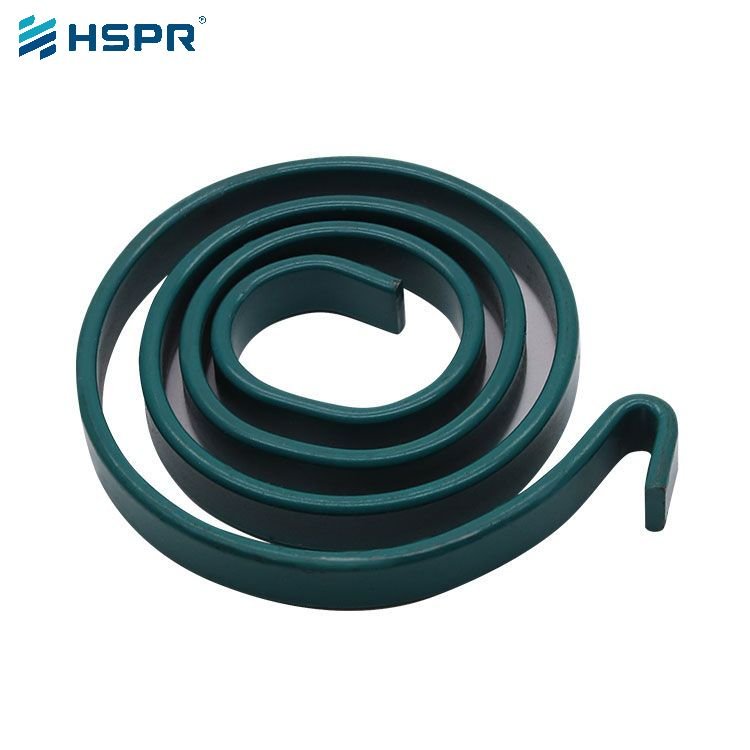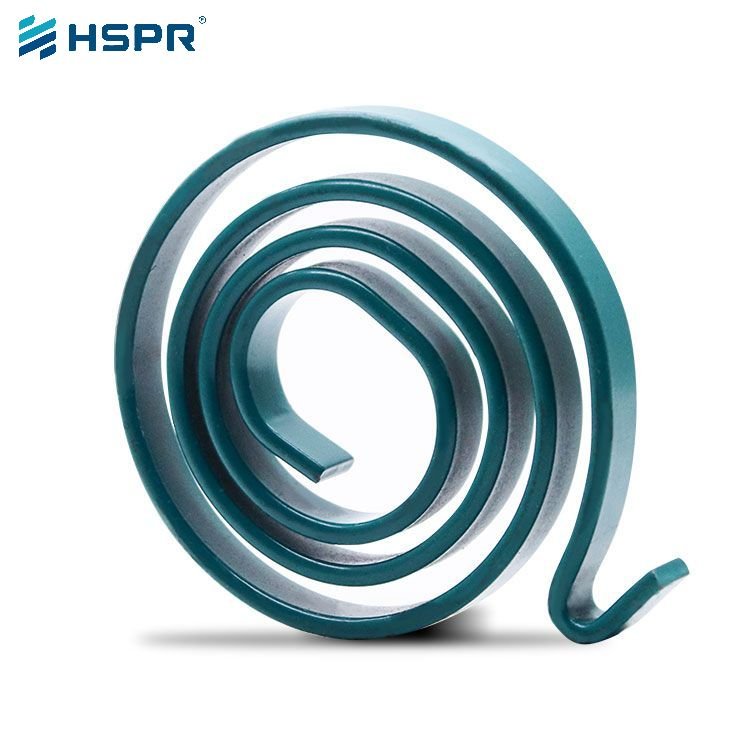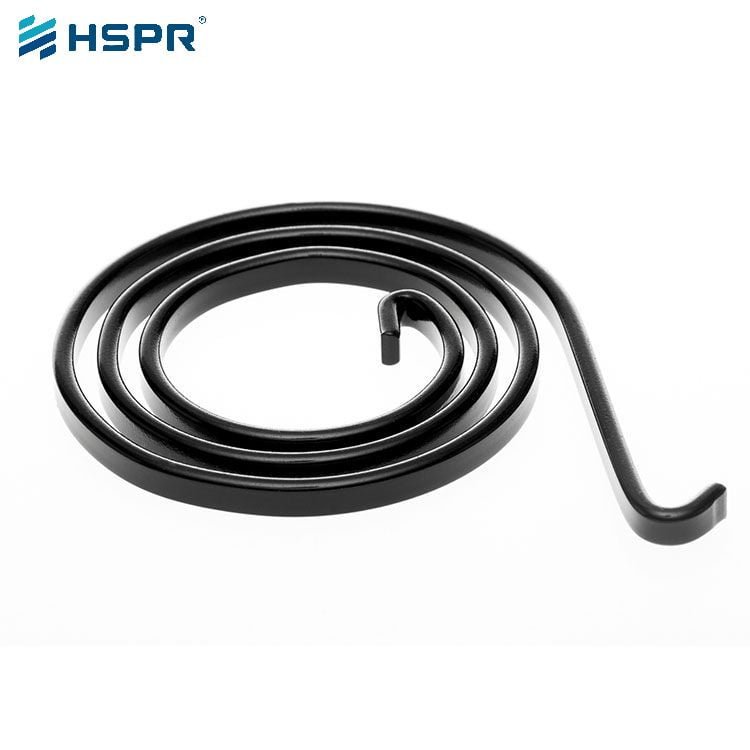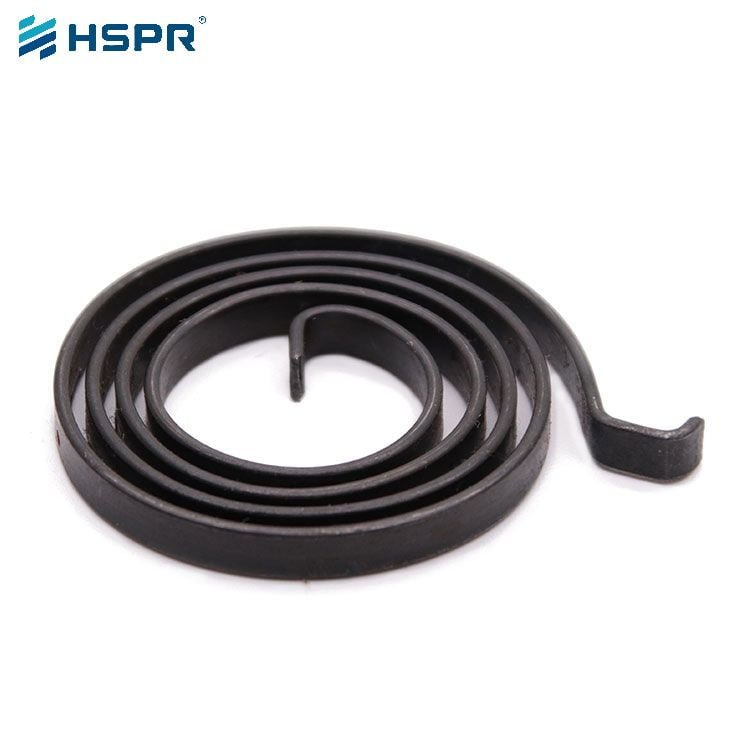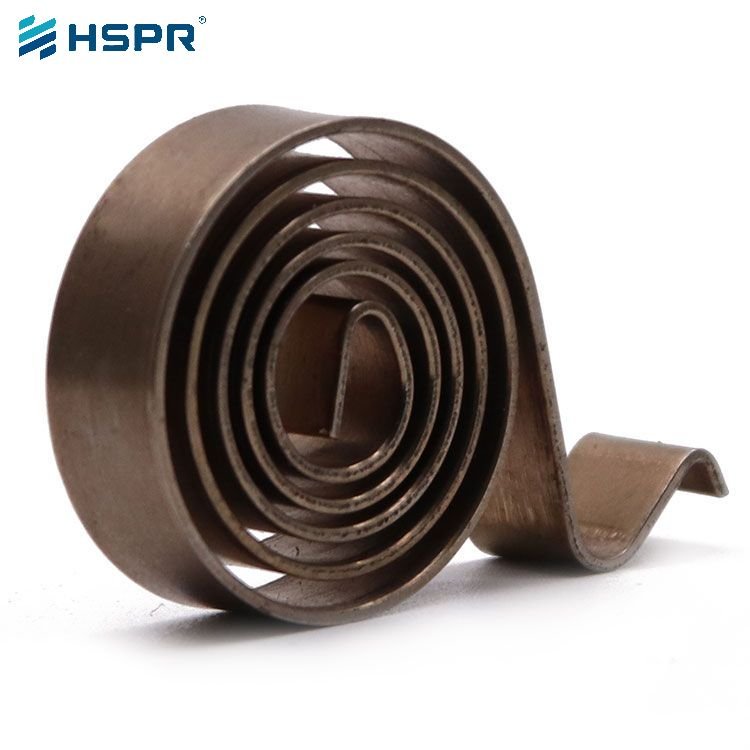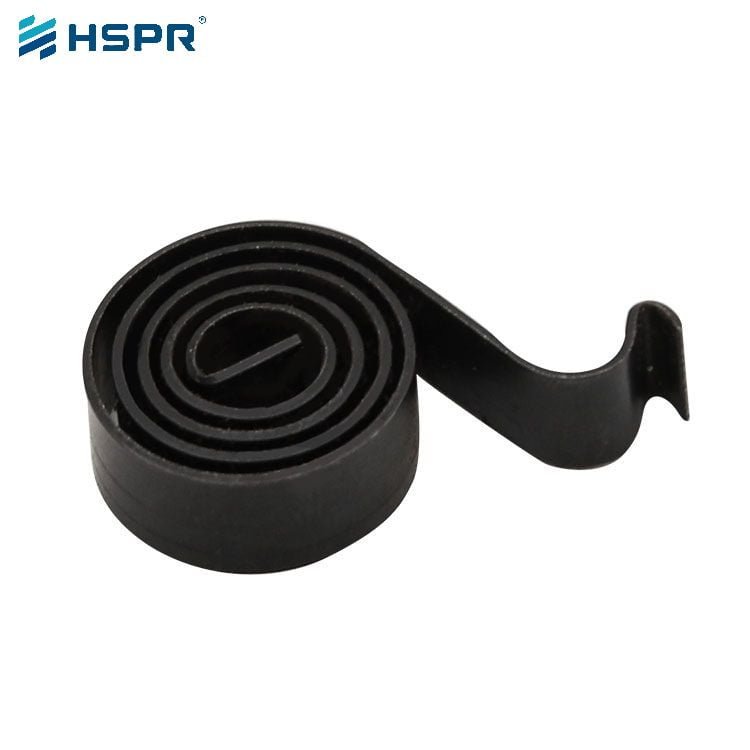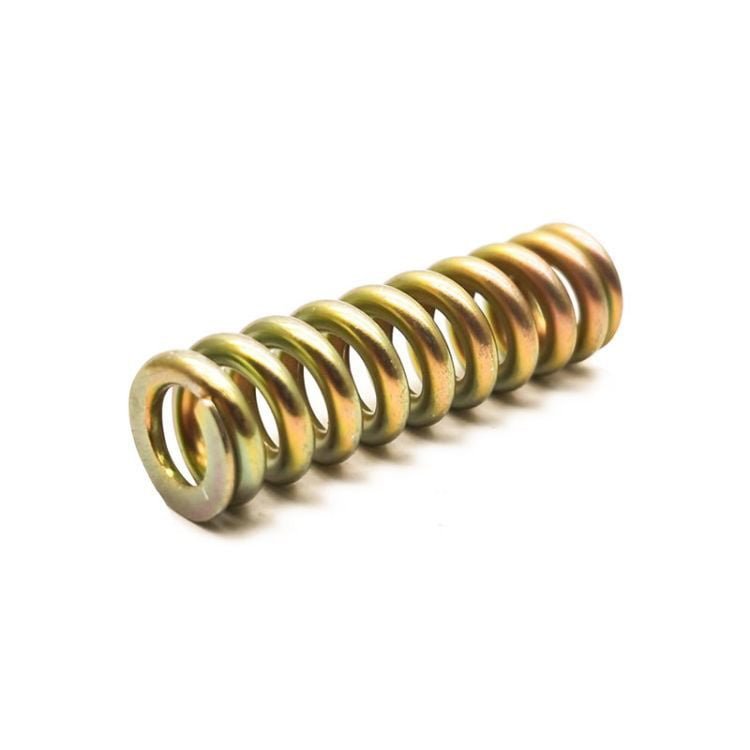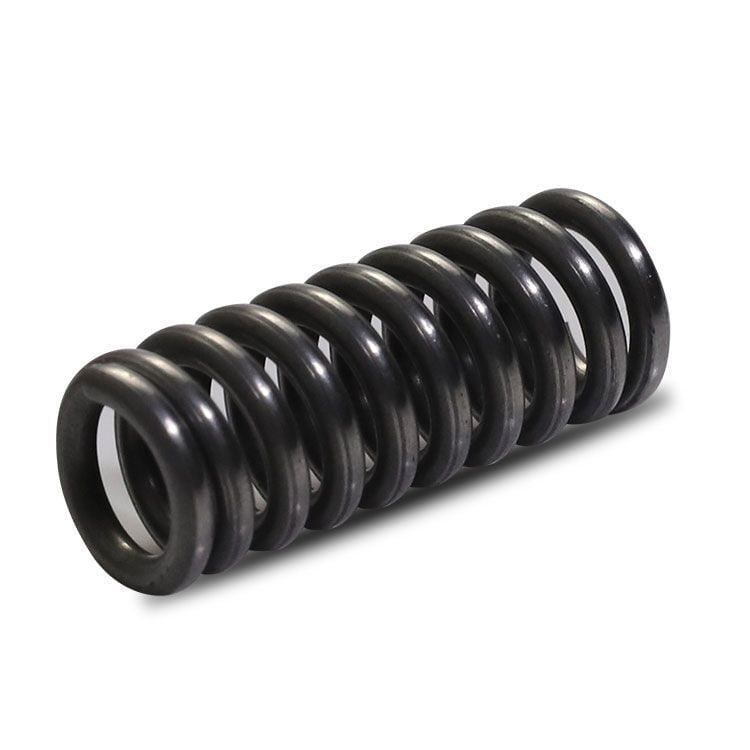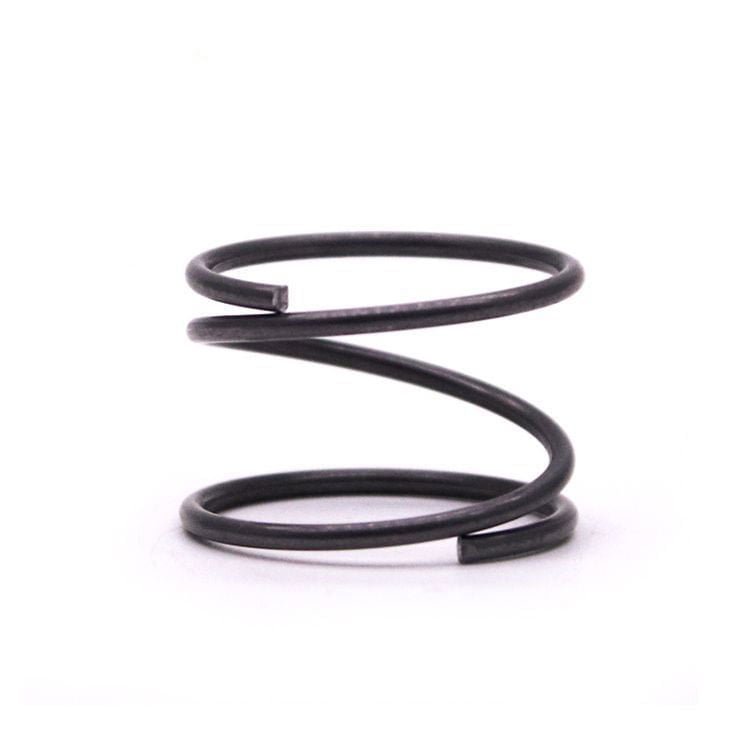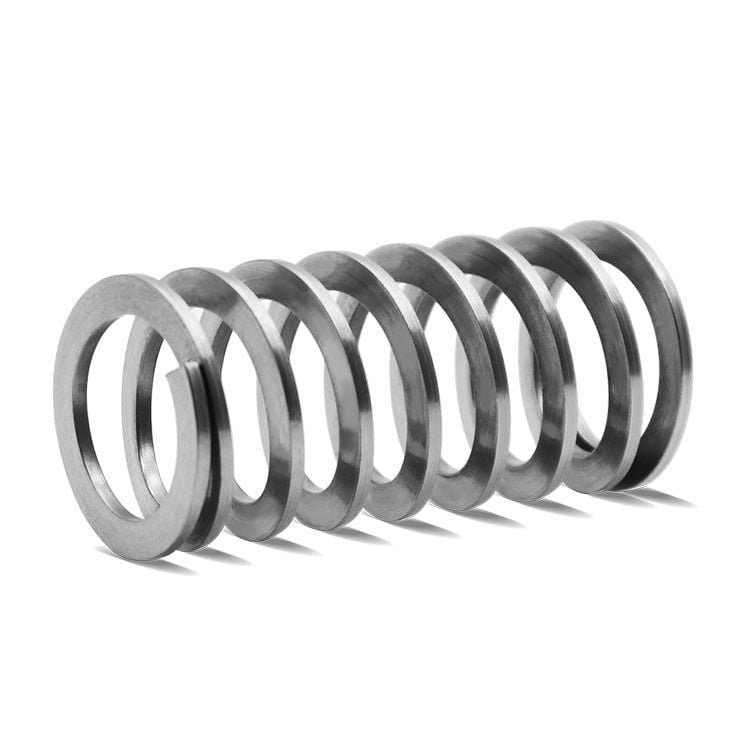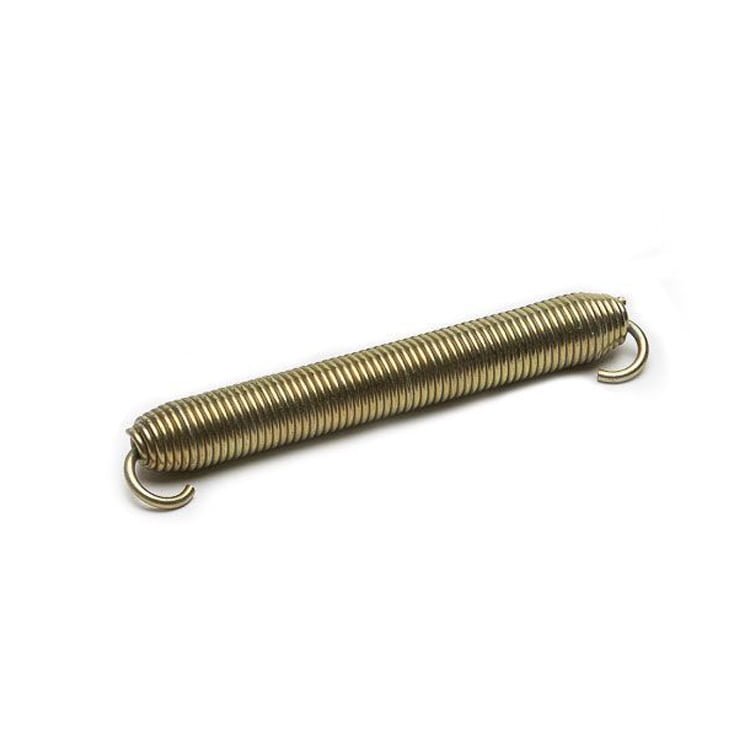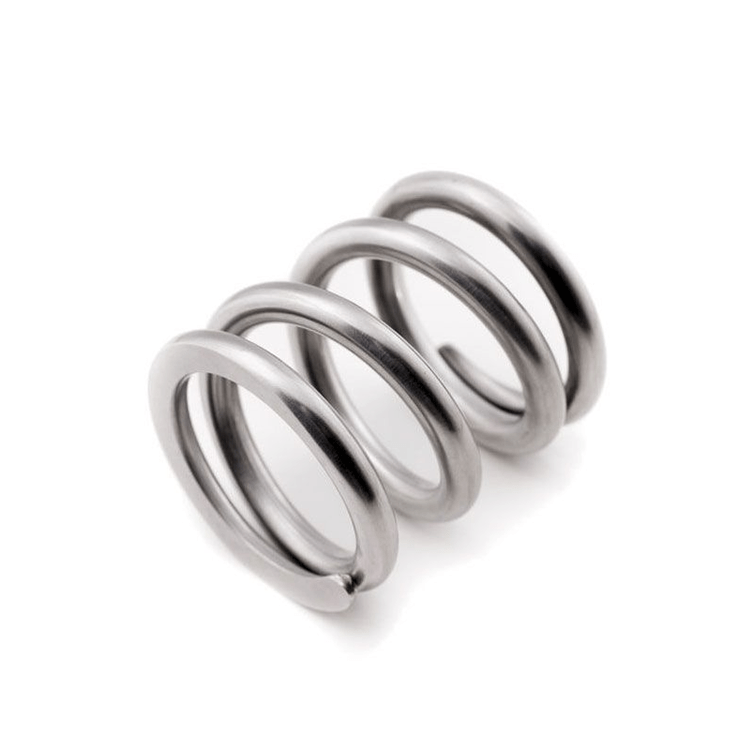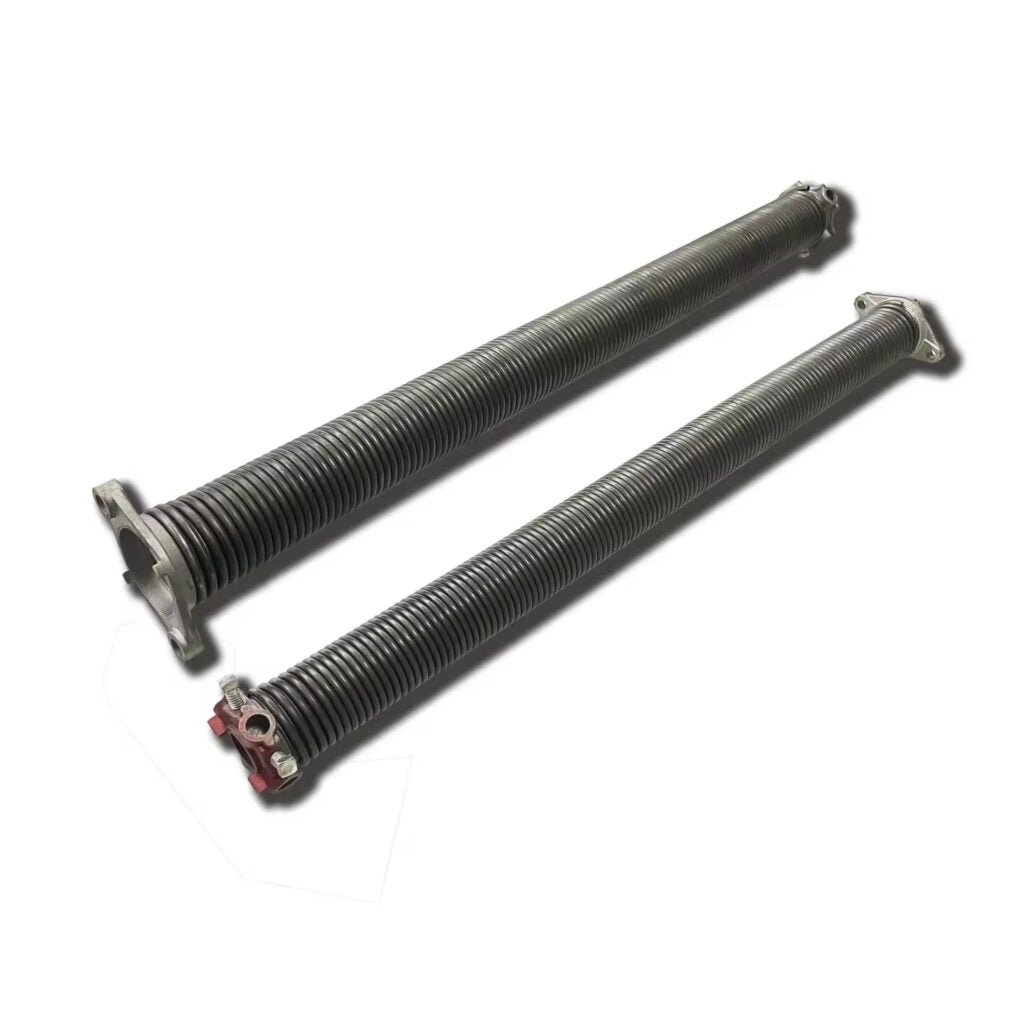Spiral torsion spring
Spiral torsion spring,In the process of manufacturing, concentric spirals are formed. This mechanism stores and releases energy by applying a rotational force. The torque generated per revolution is linear for the first 360°, and if the deflection exceeds 360°, the coils usually “close” or clash with each other, which causes the torque to rise rapidly.
They provide a lot of torque in short rotations, and the helical torsion springs are made of flat steel, which is suitable for operation in narrow Spaces. We can meet any custom specifications and configuration requirements, including but not limited to hooks, lugs, holes and fasteners.

Helical torsion spring can be made of a variety of materials, including carbon steel, stainless steel and special alloys, these materials have different properties and characteristics, can be selected according to the specific use environment and needs. In the manufacturing process, the shape, size and performance of the flat torsion spring will be precisely controlled according to the design requirements to ensure that it meets the requirements of use.
Each metal has the following unique advantages:
- Carbon steel: Carbon steel is widely used in engineering springs and may require pre-galvanized layers or additional corrosion protection.
- Stainless steel: Stainless steel has excellent heat and corrosion resistance and is a necessary metal alloy for the manufacture of spiral torsion springs.
- Specialty alloys: Metals such as chromium and cold-drawn nickel are suitable for applications that require high corrosion resistance at extreme temperatures.
Application of spiral torsion spring
Sports applications requiring short rotations use helical torsion springs where torque is required but the number of rotations needs to be less than three, usually one or fewer. They typically achieve large amounts of torque with less rotation than power springs and are widely used in the following industries and applications:
- Furniture: Spiral torsion spring is often used in sofas, mattresses, chairs and other furniture to provide comfortable elastic support.
- Automotive: In the automotive field, flat torsion spring are often used in suspension systems, chassis and engine valve springs, which can absorb shock and shock to provide the required support and control force.
- Electrical appliances: In electrical and lighting products, such as doorbells, electrical plugs, ceiling fans, etc., flat spiral torsion spring also play an important role in providing support and stability for electrical appliances.
- Toys: flat torsion spring is also an important elastic component in various toys, such as rainbow springs, kite strings, etc., to meet the entertainment needs of children.
The spiral torsion spring is a cylindrical spiral spring that bears torque, and its working part is tightly or separately wound into a spiral shape, while the end part forms a torsion arm of various shapes.
According to the different structure and use, the spiral torsion spring can be divided into many types, such as single torsion spring, double torsion spring and so on. At the same time, according to the different force direction, it can also be divided into two types of pressure spring and tension spring, the former is mainly in the axial direction of the force, the latter is in the radial direction of the force.
With the continuous progress of science and technology and the rapid development of industry, the application field of spiral torsion spring will continue to expand, and the performance requirements for spiral torsion spring are also getting higher and higher, such as higher precision, stronger corrosion resistance and longer service life. Therefore, the future spiral spring manufacturing will pay more attention to technological innovation and quality control, so as to meet the changing needs of the market.
As an important mechanical component, flat spiral torsion spring plays an irreplaceable role in various fields. Through a thorough understanding of its definition, working principles, application fields, materials and manufacturing, and development trends, we can better understand and use this important elastic element.
